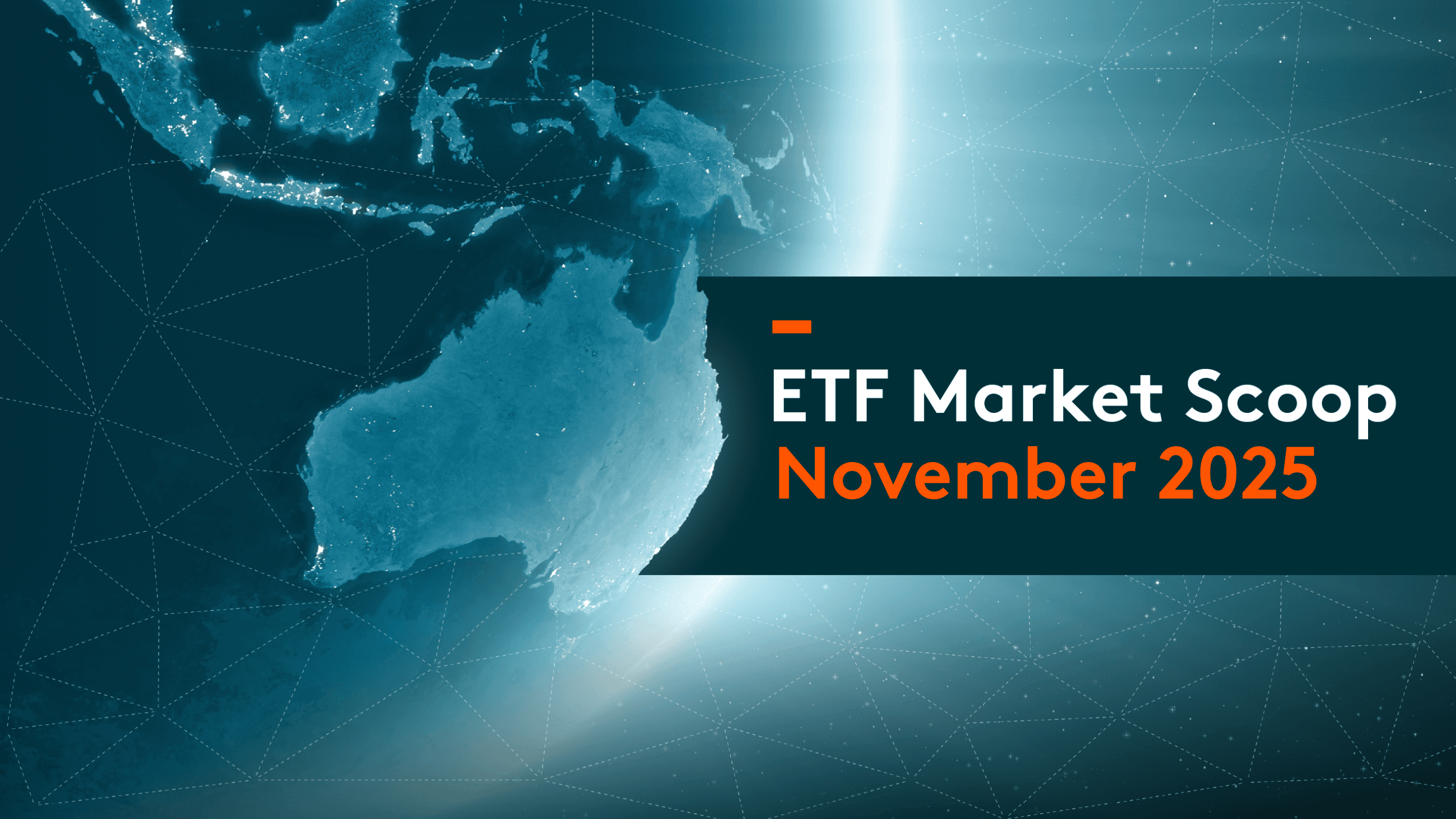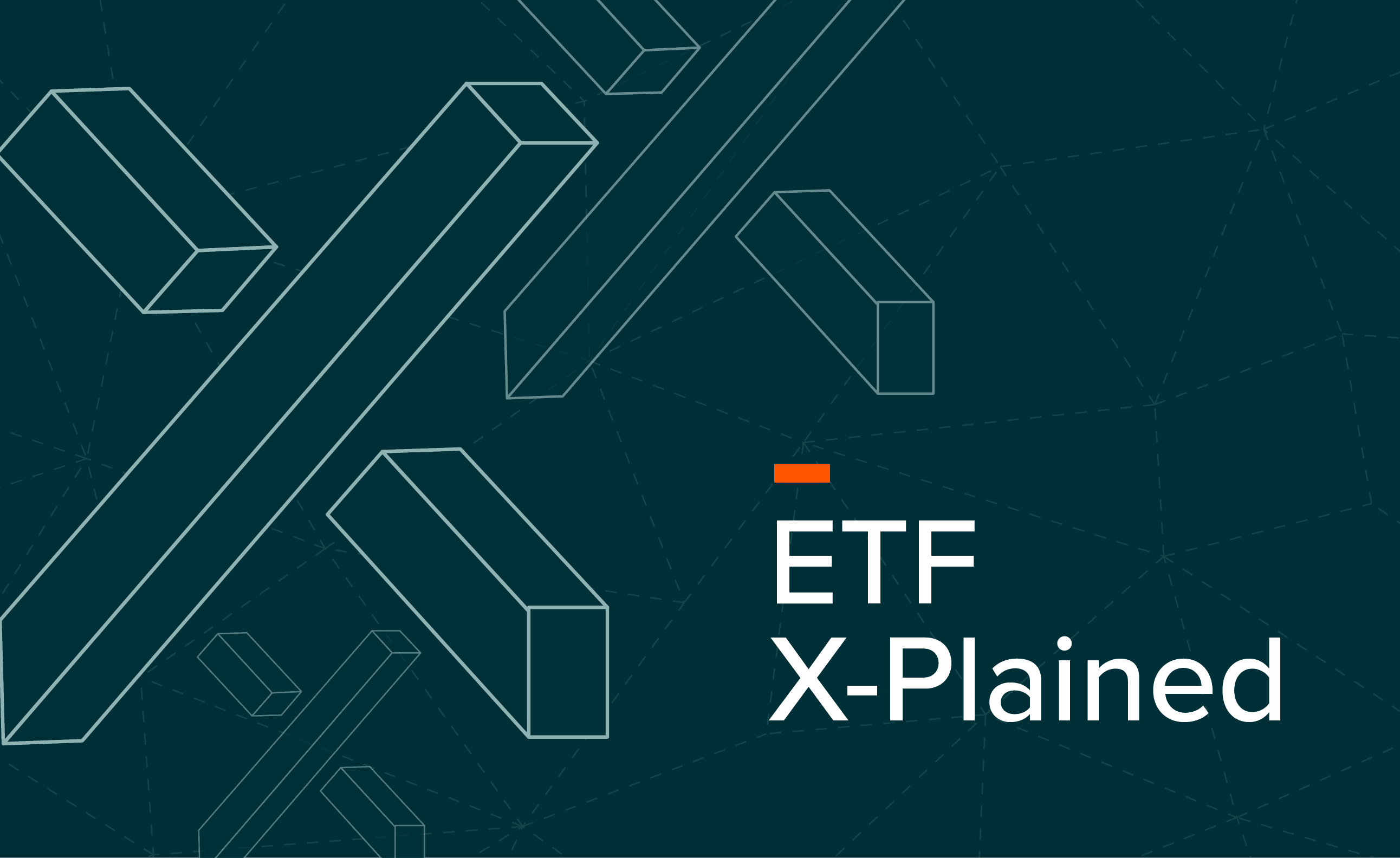For a browsing experience tailored to your needs
Select Your Location
Global X is dedicated to helping you build wealth
With over US$632 billion of assets under management, Global X currently serves thousands of advisers and more than 1 million investors.

Global X is dedicated to helping you build wealth
With over US$632 billion of assets under management, Global X currently serves thousands of advisers and more than 1 million investors.


Dividend ETFs
Explore dividend investing but not as you know it. Simplify your approach to generating portfolio income with dividend-focused ETFs.
Overview
Dividends are arguably the most well-known way to generate a passive income from investing – particularly in Australia. Generally, a company will calculate how much it will pay to shareholders by the amount of profit they make and then how much they need to keep the business growing. The remainder can be paid out as a dividend. Dividends are generated on a per share basis, meaning the more shares in a company you hold, the more dividends you get.
To generate portfolio income from dividends, it is important to select companies which are likely distribute a larger portion of their earnings to shareholders. However, the probability of producing adequate income by choosing individual stocks may be challenging and time consuming compared to investing in a high dividend yield ETF.
A dividend ETF may be suitable for a range of investors looking to boost their portfolio income, such as those with SMSFs or getting retirement-ready. This is the case for many Australians investing for a ‘sustainable income stream’ is a top priority across nearly every age group, according to research from the ASX.
Here, we are going to explain how dividend ETFs work, why they are popular, and take a closer look at the top performing dividend ETFs in the Global X lineup.
Global X Dividend ETF Lineup
Global X offers two dividend ETF strategies – one which covers the Australian market and the other, the US. Both offer a solution for those looking to boost their potential portfolio income potential through dividends:
Performance of Dividend ETFs
While past performance is not indicative of future returns, investors can review the historical performance of these dividend strategies to assess how the fund has performed over a specific investment period and how it captures both income and capital returns to potentially meet certain investment goals.
S&P/ASX 200 High Dividend ETF (ZYAU)
The S&P/ASX 200 High Dividend ETF (ASX: ZYAU) offers an efficient way to gain exposure to Australia's top dividend paying companies. This fund holds 50 high-dividend stocks from the S&P/ASX 200 Index.
ZYAU Performance performance table - showing YTD, 1 Mo, 3 Mo - auto generated figures - no content needed here
Why Invest in ZYAU Australian stocks have some of the highest dividend yields in the world. ZYAU aims to make accessing these companies easier and more cost-effective than purchasing individual shares. The ETF also pays quarterly distributions at the end of March, June, September, and December. After fees and expenses, the fund receives net income from its underlying investments, which is passed through to investors, including franking credits, which provides after-tax benefits to investors.
Global X S&P 500 High Yield Low Volatility ETF (ZYUS)
If you are looking to diversify your dividend-focused exposure away from the Australian market, ZYUS could be the ETF for you. ZYUS accesses 50 of the highest dividend yielding companies from the S&P 500 Index. Plus, it uses a screening process in an effort to increase the inclusion of companies which experience low volatility.
ZYUS Performance performance table - showing YTD, 1 Mo, 3 Mo - auto generated figures - no content needed here
Why Invest in ZYUS ZYUS helps investors gain exposure to higher-paying dividend companies which are listed in the US, while helping to remove the costs and complexities of buying individual stocks from an international exchange. ZYUS pays quarterly distributions at the end of March, June, September and December. Net income, after fees and expenses, received by the fund from its underlying investments is passed through to investors including foreign income tax offsets, which provides after-tax benefits to investors.
How Do Dividend ETFs Work?
High dividend yield ETFs use strict rules to identify businesses in broad markets – such as the Australia (e.g. S&P/ASX 200) or the US (e.g. S&P 500) – which are high yielding in terms of income. Often this means the stocks included in a high yield ETF could be vastly different to the broader index. Therefore, these ETFs can offer an element of diversification as well as enhancing a portfolio’s income potential.
How to Invest in Dividend ETFs with Global X?
Investing in Global X's dividend ETFs is simple. First, you will need a brokerage account that gives you access to the Australian Stock Exchange. Once you've set up your account, all you need to do is search for the ETF codes (ZYAU for the S&P/ASX 200 High Dividend ETF and ZYUS for the S&P 500 High Yield Low Volatility ETF), read the relevant PDS and TMD, and place your order.
Get more information on how to invest with Global X.
What Are the Benefits of Investing in Dividend ETFs?
There are several benefits in using ETFs to implement a dividend-focused investment strategy. These include:
Diversification
Instead of focusing on just one company, with dividend ETFs you will be spreading your investment across multiple dividend-paying companies. In turn, this helps to lower single stock risk as your income generating potential is spread across multiple companies.
Regular Income
One of the biggest benefits that come from investing in a dividend ETF is the steady income they can provide. Perhaps you are looking to reinvest these dividends? Or maybe you want to use them as extra cash flow? Either way, the consistency is an appealing factor.
Low-Cost Investing
Dividend ETFs tend to have lower fees compared to actively managed ETFs, and this means more of your money is being invested instead of getting eaten up by high management fees. The result? Potentially greater returns.
Are There Risks of Investing in Dividend ETFs?
As with all investments, please consider the potential risks which are associated with this type of ETF. These include:
Dividend Cuts
Companies can reduce or suspend dividend payments, especially during tough economic times. So, while a dividend ETF helps spread your risk, if a market downturn hits multiple sectors, your dividends could still take a hit.
Market Fluctuations
No investment is completely safe from market volatility, and, again, while dividend ETFs aim to reduce your risk, stock prices can still rise and fall. As a result, the overall value of your investment could be impacted.
Currency Risk
For dividend ETFs that focus on other countries like the S&P 500 High Yield Low Volatility ETF, changes in the Australian Dollar's value relative to other currencies can affect your returns. So, if the Australian Dollar strengthens, it could lower the value of dividends paid in foreign currencies.
Related Funds
Enter your details below to download the
Thank you
Your download will start immediately. If your download does not begin, please click the button below.
Subscribe
Why subscribe?
By subscribing to email updates you can expect thoroughly researched perspectives and market commentary on the trends shaping global markets. Topics may span disruptive tech, income strategies, and emerging economies.
We adhere to a strict Privacy Policy governing the handling of your information. And you can, of course, opt-out any time.



